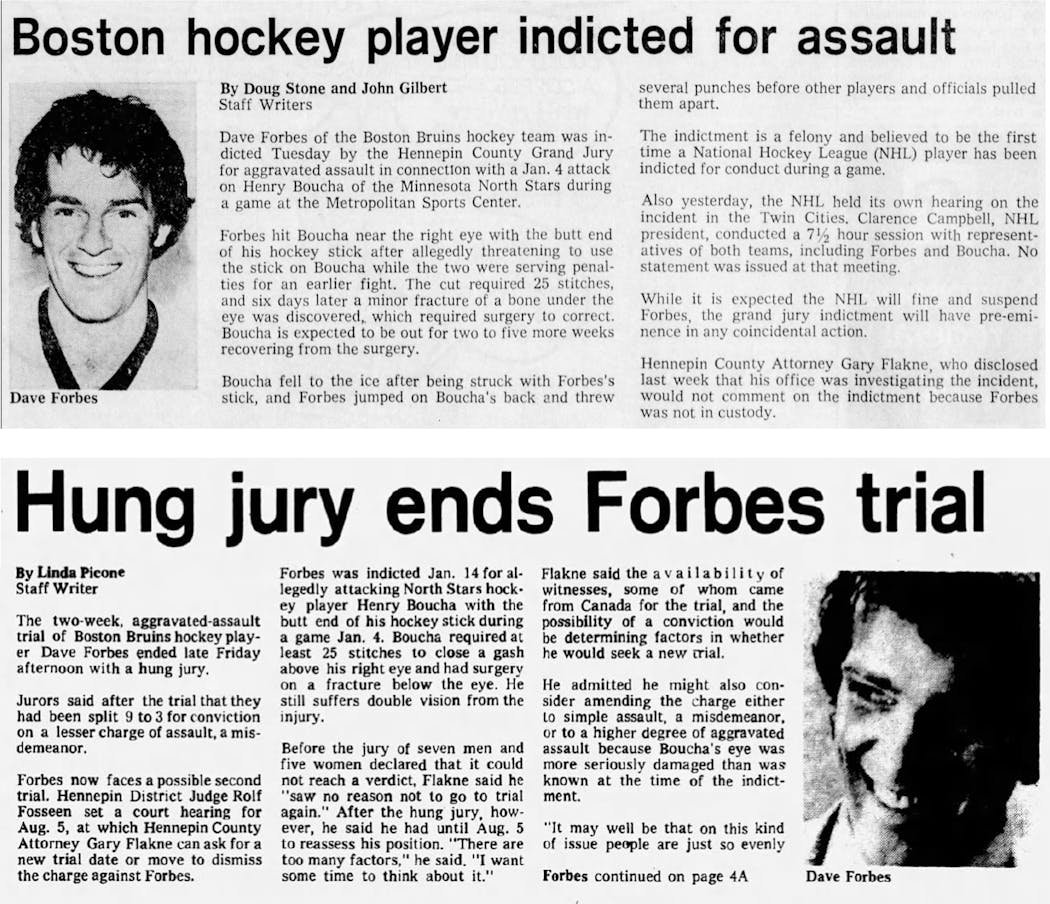Why isn't it a crime to punch someone in the face in pro hockey?
The two strapping men, in rival colors and both weighing more than 240 pounds, took aim at each others' heads with bare-knuckled blows as hoards of onlookers inside the south Philadelphia building cheered with lusty encouragement.
Blow after blow landed for nearly a half-minute. Police officers were right there to witness the fight-fueled frenzy — from the first punch until the last. They never intervened. Never even filed a report. And no one expected they would.
Now, if that brawl a couple of weeks ago between two ruffians was outside on the street that night, there's a fighting chance the jail would have had two new occupants.
But this is hockey, namely the National Hockey League, and that Saturday night was quite all right for fighting.
So once Philadelphia Flyer Chris Stewart and Jamie Oleksiak of the Dallas Stars were done slugging themselves to exhaustion, they collected their discarded gloves and took a five-minute break in opposite penalty boxes.
Linda Baker, who lives in south Minneapolis, wrote in to Curious Minnesota and asked, "Why is it not a crime to repeatedly punch someone in the face if you are playing professional hockey?"
On the phone later, Baker said she's baffled that fighting in the NHL is condoned and even glorified to a degree.
"I think of it as thuggery," said Baker, who is a fan of the game but hasn't been to an NHL contest since her youth.
"I don't appreciate watching grown men slugging each other and part of this being entertainment," she said.
But beyond her distaste for the NHL's pugilistic tendencies — albeit less pervasive than in years past — Baker wondered rhetorically, "OK, let's just say, I punch someone in the face. I'm going to jail."
There have been criminal cases filed against NHL players for fighting, but they're but a handful from among the thousands of fights in the league's 100 years, and even fewer have yielded a conviction.
Jeff Yates is a professor and attorney who teaches criminal law at Binghamton University in New York. In 2003, he co-authored a law journal article that outlined the challenges prosecutors face in charging hockey players with a crime for on-ice violence.
Yates pointed out that successful prosecution for a criminal case can be legally difficult when the combatants have agreed -- that is, consented -- to punch it out and accept the consequences.
"Certainly, if we imagine a situation in which one guy throws down his gloves and puts up his dukes, and the other guy says, 'Oh, I don't want to fight, please don't hit me,' well, that's not consensual. [But] for the most part, if both put up their dukes, they consent."
In more practical terms and outside of any legal context, Yates said, "Fighting has long been part of professional hockey, and a prosecutor who may need to run for elective office might be unpopular for taking participants to court for something that has become for a long time now normal hockey protocol."
What has stood for nearly 45 years as among the most notable of prosecutions for hockey violence occurred in Hennepin County. In 1975, Boston Bruin Dave Forbes was charged with aggravated assault for striking Henry Boucha of the Minnesota North Stars in the eye with a stick after the two left the penalty box for fighting at the Met Center in Bloomington.
This was the nation's first trial of a hockey player for conduct during a game. The case ended in a hung jury: 10 for conviction, two for acquittal. The league exacted its own form of justices and suspended Forbes for 10 games.
The man who prosecuted Forbes, Gary Flakne, recalled in a family video on YouTube many years after voters denied him re-election as county attorney that "I went down in history as the only guy ever to have an assault committed in front of 18,000 people who was not able to get a conviction."
---
If you'd like to submit a Curious Minnesota question, fill out the form below:
Read more Curious Minnesota stories:
Why are Honeycrisp apples still so expensive?
Why is it so much harder for U students to graduate debt free compared with the 1960s?
How did Minnesota become one of the most racially inequitable states?
What is the best place, time to see northern lights in Minnesota?
Why does everyone love to hate Edina?
Sorry, but why do Minnesotans say 'ope' all the time?
How did these 11 Minnesota towns get their unusual names?
How did the Twin Cities become a hub for Somali immigrants?
How much are electric vehicles affected by Minnesota's extreme cold?
Why is Uptown south of downtown in Minneapolis?
Why can't Minnesotans figure out how to zipper merge?




